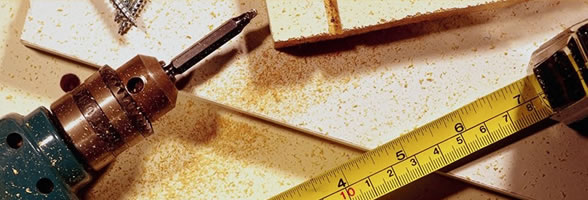
Enzymes and Energy Carriers
Metabolism
Sum of all chemical reactions that take place in an organism
- Catabolic Reaction (Large Molecules à Smaller Molecules eg Respiration)
- Anabolic Reaction (Smaller Molecules à Larger Molecules eg Photosynthesis)
Sources of Energy
The sun is the primary source of all energy. In photosynthesis, solar energy form the chemical bonds of carbohydrates
Cellular energy is the energy in chemical bonds. This energy is released in respiration to allow metabolism.
Enzyme
A protein/biological catalyst that alters the speed of a reaction without being used up in the reaction
Substrate
Substance with which an enzyme reacts
Product
The substance the enzyme forms after reacting with the substrate
Catabolic Enzyme
Amylase – Breaks down starch to maltose
Anabolic Enzyme
DNA Polymerase – Forms and repairs DNA
Factors Affecting Enzyme Activity
Temperature
- Humans: 37°C
- Plants: 20-30°C
pH
- Optimum pH is 7
- Pepsin in the stomach has an optimum pH of 2
A denatured enzyme has lost its shape and can no longer carry out its function.
Immobilised Enzymes
Bioprocessing
The use of enzyme-controlled reactions to make a produt
Bioreactor
A vessel or container in which living cells or their products are used to make a product
Enzymes that are attached to each other or to an inert substance are known as immobilised enzymes.
Advantages include
- Can be reused
- Easily separated from product
- Cheaper, no loss of efficiency
Advanced Enzymes and Energy Carries
Active Site
Part of an enzyme that combines with the substrate
Induced fit Model-Mechanism of Enzyme Action
- Substrate combines with active site of enzyme
- Active site is cause to slightly change shape
- Bonds in substrate are altered so that the product is formed
- Products leave active site
Role of Energy Carriers
ATP – Adenosine Triphosphate
- High energy molecule – energy stored in phosphate bonds.
- Energy released when the phosphate bond is broken:
ATP => ADP + P + Energy
- Supplies energy for muscle contraction, nerve impulses
ADP – Adenosine Diphosphate
- Low energy molecule
- Uses energy and combines with a phosphate to form ATP
NAD+ - Nicotinamide Adenine Dinucleotide
- Used in respiration, low energy molecule
- Transfers electrons and hydrogen ion
NAD+ +2e- + H+ => NADH (High Energy)
NADP+ - Nicotinamide Adenine Dinucleotide Phosphate
- Low energy molecule used in photosynthesis
- Transfers electrons and hydrogen ions
NADP+ + 2e- + H+ => NADPH (High Energy)
Remember: NADPH - Photosynthesis
